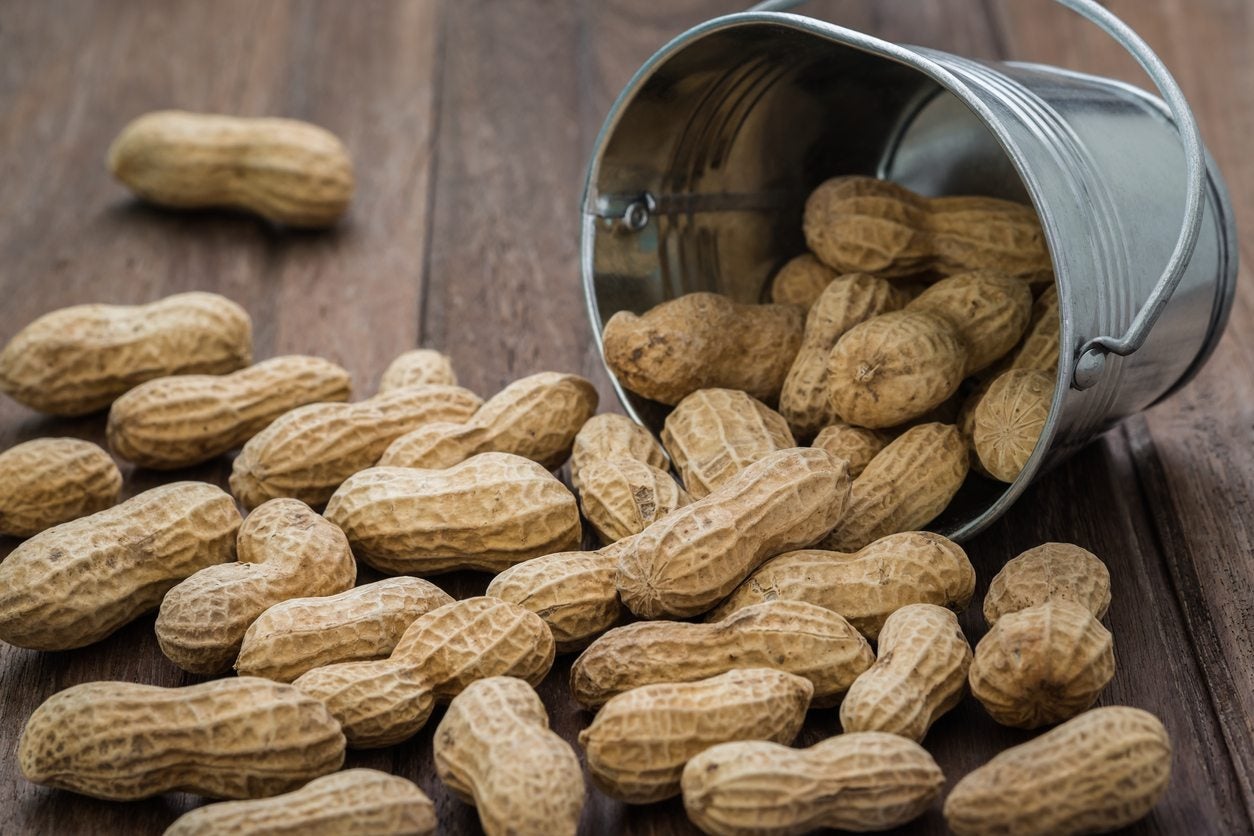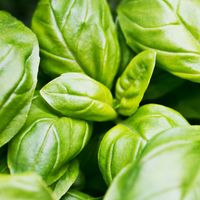What Is A Virginia Peanut: Information On Planting Virginia Peanuts


Among their many common names, Virginia peanuts (Arachis hypogaea) are called goobers, ground nuts, and ground peas. They’re also called “ballpark peanuts” because their superior flavor when roasted or boiled makes them the peanut of choice sold at sporting events. Although they’re not grown exclusively in Virginia, their common name gives a nod to the warm southeastern climates where they thrive.
What is a Virginia Peanut?
Virginia peanut plants do not bear “true nuts,” such as those that grow overhead in trees. They are legumes, which produce edible seeds in pods underneath the ground, so planting and harvesting Virginia peanuts are easy tasks for the average gardener. Virginia peanut plants are high-yielding, and they produce larger seeds than other peanut types.
Virginia Peanut Information
Virginia peanut plants produce peanuts after a unique life cycle. Bushy, 1 to 2 foot tall (31-61 cm.) plants produce yellow flowers that are self-pollinating – they don’t need insects to pollinate them. When the flower petals fall, the tip of the flower stalk begins to elongate until it reaches the ground, but it doesn’t stop there. “Pegging down” is the term that describes how this stalk continues to grow into the ground until it reaches a depth of 1 to 2 inches (2.5-5 cm.). At the end of each peg is where the seed pods begin to form, encasing the seeds, or peanuts.
Planting Virginia Peanuts
Some Virginia peanut varieties that are grown commercially are also suitable for the home garden, such as Bailey, Gregory, Sullivan, Champs, and Wynne. The best practice for planting Virginia peanuts starts in the fall or winter before you plant the following summer. Loosen the soil by tilling or spading. Based on soil test results, work limestone into the soil to adjust the soil pH between 5.8 and 6.2. Virginia peanut plants are sensitive to fertilizer burn, so only apply fertilizer according to soil test results in the fall preceding your growing season. Sow seeds as soon as the soil warms in spring to a depth of approximately 2 inches (5 cm.). Place five seeds per one foot (31 cm.) of row and allow 36 inches (91 cm.) between rows. Keep the ground moist but never soggy. Tip: If possible, grow Virginia peanuts in the section of your garden where you grew corn the previous year and avoid growing them where you grew beans or peas. This will minimize diseases.
Harvesting Virginia Peanut Plants
Virginia peanut varieties need a long growing season to mature – 90 to 110 days for green, boiling peanuts and 130 to 150 days for dry, roasting peanuts. Loosen the soil around plants with a garden fork and lift them by grasping at the base and pulling. Shake the dirt from the roots and pods and let the plants dry in the sun for a week (with the pods on top). Remove the pods from plants and spread them on newspaper in a cool, dry place (such as a garage) for several weeks. Store the peanuts in a mesh bag in a cool, dry place.
Sign up for the Gardening Know How newsletter today and receive a free copy of our e-book "How to Grow Delicious Tomatoes".

Victoria Blackstone is a guest writer for Gardening Know How.